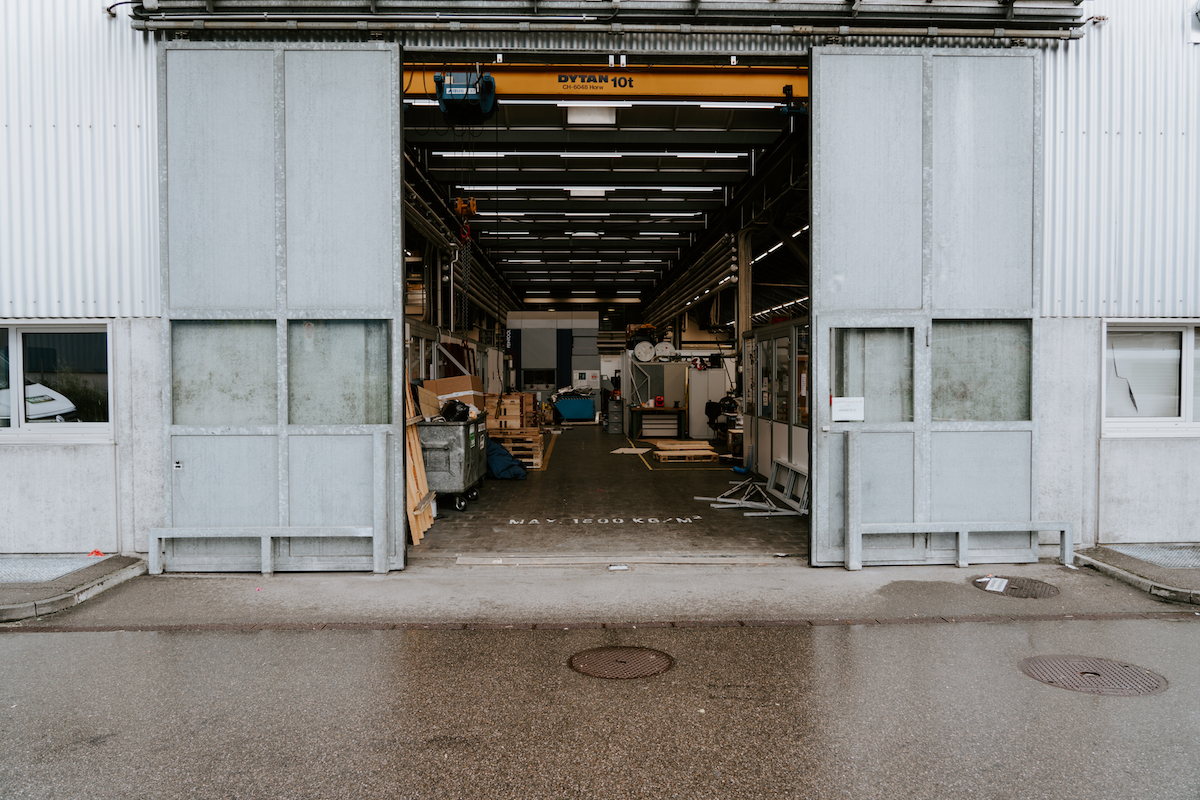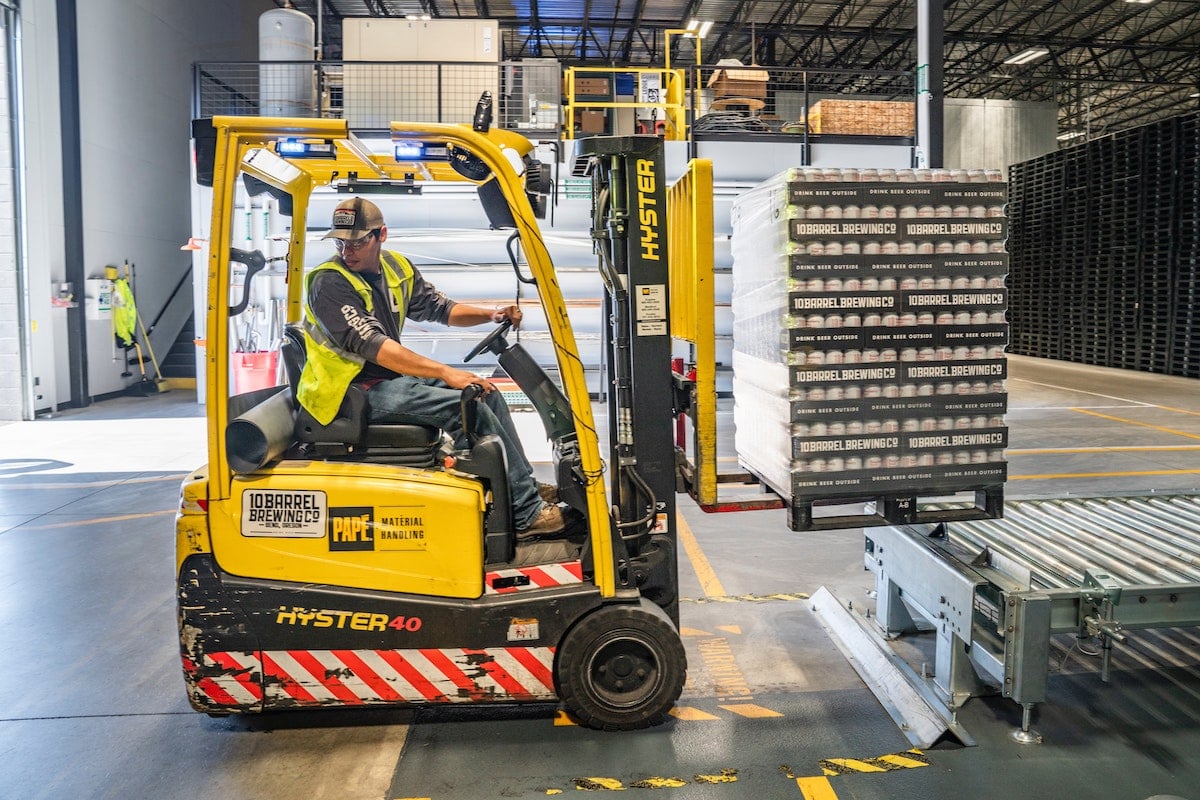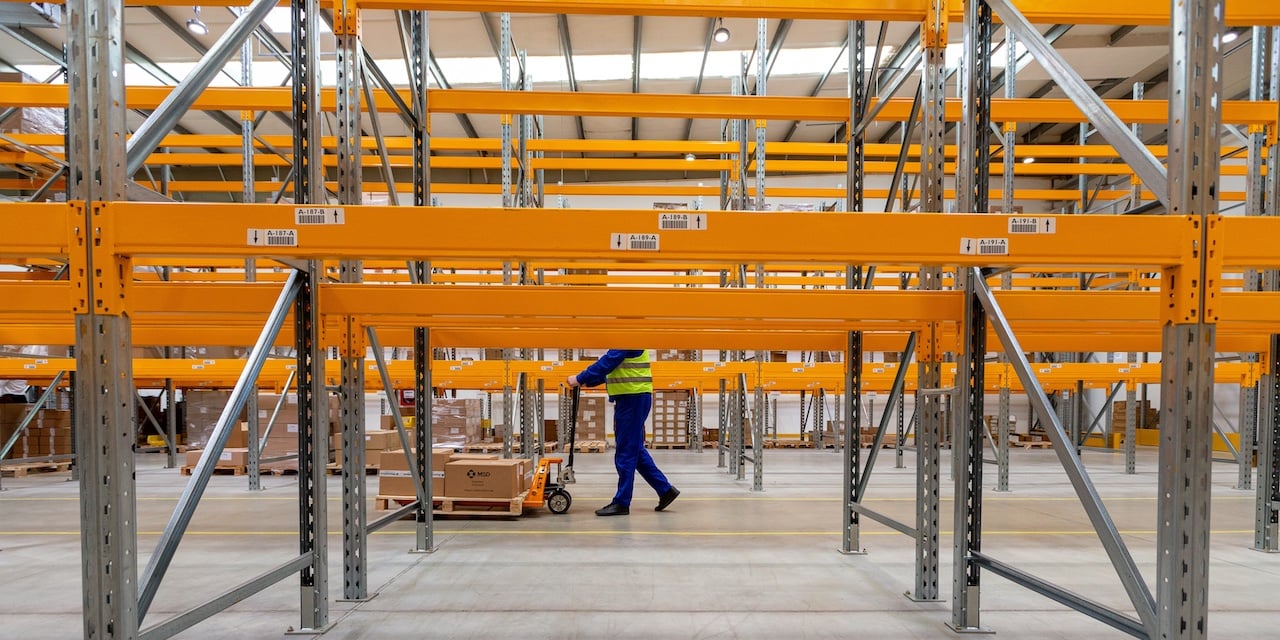In order to answer your request, we are obligated to process the data given above. Sometimes, however, we would like to use them for slightly different purposes, such as statistical data or informing you about our new products and services.We promise that we will use the given information for communication purposes only. We also remind you that you can unsubscribe from our mailing at any time (see Privacy Policy).
When you start your ecommerce business, you rarely think about the order fulfillment, delivery process or order processing. For small businesses, even shipping form your living room can be a valid option.
However, as your business grows the shipping costs, speedy delivery time and end customer preferences start to play major role. To meet the demands and make future expansion plans of your online business you will most likely need to outsource the warehousing and goods delivery.
This is the normal order of things - outsourcing warehousing and using third party logistics is a natural path to helping your business thrive.
To do so however you will need to answer a few questions. One of the major ones is how to choose the fulfillment center location.
Fulfillment center location plays a key role for ecommerce businesses and should be a very important consideration for any ecommerce business owner. Strategically located fulfillment centers will greatly lower shipping costs, delivery time and may reduce the tax or legal implications for end customer.
Read on to learn how to choose a fulfillment center location and what you should take into account when doing so.
Fulfillment center location: spot your customer base wisely

For any ecommerce business meeting, the customer's preferences is the main goal. In modern standards the customers expect fast, secure and flexible delivery of their orders.
It's not a surprise that the more convenient your fulfillment center will be located to the majority of your customer base, the faster the dispatch and shipping.
It does not only mean physical proximity to particular town, but rather the ease and the timing that fulfillment center is accessible to courier providers. The shipping hubs near major highways can sometimes provide way faster delivery than warehouse location close to city center.
That said, when deciding on working with fulfillment warehouse too far away from the majority of your customers destinations may become troublesome.
Courier companies usually define shipping zones by postal codes or mor general geographical locations. These shipping zones vary (sometimes drastically) in pricing, delivery time, accessibility and coverage.
As a rule of thumb then - the less distance your parcel needs to travel, the lower the shipping costs.
One fulfillment center or multiple locations?

A single fulfillment center close to the main cluster of your customers makes sense if you your goods are sold mostly locally, within a single, relatively small market. These markets usually can assure that your goods will reach customers quickly.
The advised time for your parcel to reach destination shouldn't exceed 48 hours and preferably should be closer to 24 hour mark.
When to consider a single fulfillment warehouse location:
- if a single courier shipping zone covers the entirety of your market reach;
- delivery times are no higher than 24/48 hours to most consumers;
- the nature of your business can handle potential disruptions or dispatch delays in the fulfillment process;
- your stock levels are small in scale and do not take much warehouse space.
This matter changes when your operations are scaled across various markets or vast geographical terrain in multiple shipping zones. In these cases using multiple fulfillment centers helps maintain efficient and fast turnaround of orders.
Distributing inventory across multiple warehouses helps to optimise shipping costs and secure additional courier services that may not be available in cross-boarding scenarios (cash on delivery, PODs, free shipping etc.).
Distance is not the only factor that should be considered when deciding on your inventory allocation. Securing the your supply chain and assuring maintenance of uninterrupted dispatch flow may be a high priority when deciding on the use of more than a single location.
Having your goods in many distribution centers helps immensely in cases of unforeseen circumstances. Order fulfillment can easily be delayed due to regional difficulties caused by local forces of nature, temporary personnel shortages or general large volumes in high-season.
If the scale of your operations is high enough, you may want to consider securing the flow of your order fulfillment with alternatives. So when is it better to invest and on a multiply warehouse location instead of betting on a single location?
When to consider multiple fulfillment warehouse locations:
- your clients are scattered across few delivery zones;
- your business operates across few markets;
- the volume of orders is high;
- you seek to secure the flow of order dispatch.
How can third party logistics network elevate your fulfillment strategy to the next level?
The perfect choice of location for the fulfillment center is a matter of balancing economical advantages and savings with the expectations of your customers. The location of warehouse or fulfillment company will be different for relatively small, local business and for the ecommerce merchants operating on international markets.
Similarly, the fulfillment process and warehouse needs will look different for those businesses that rely on the sale of non-standard sized goods like baby trolleys or electric fireplaces.
The real challenge however is finding the solution that will follow your business as it grows. The scalability of order fulfillment services is an important factor that you should take into account when searching for fulfillment solutions for your enterprise.
The road bumps on your way up
A single location may offer a bunch of perks when you start out. Relying on one fulfillment center helps reduce fulfillment costs and keep the operations simplified. Once you start the expansion of your business across different shipping zones and start cooperation with more than on fulfillment warehouse, the onboarding process becomes more complicated and resource-consuming.
The research of the fulfillment centers matching your business criteria (ie. customized packaging, various shipping methods or specialized equipment necessary to handle your goods) may take weeks or even months. This time may be extended by negotiations of agreement terms, system connections and start up of your process on-site.
Solving the fulfillment scaling riddle
These inconveniences can be avoided by trusting your order fulfillment with a network of fulfillment centers, such as Linker Cloud. These networks offer a wide coverage of operations across many markets, simplifying the decision about the warehouse locations.
By connecting many fulfillment companies under a single system these networks streamline the process of expansion of your business in the new markets. Thanks to unified connections built between the storefronts as well as partnered fulfillment centers, the launch of operations in the new location comes down to notifying the Account Manager about the need for upscaling your operations.
Thanks to standardisation of data exchange and shake-and-bake formula for a new market startup, eCommerce merchants do not need to commit from the get-go to particular location of their fulfillment center. Operating in this kind of network is one of the most flexible answers to the dilemma of fulfillment location for ecommerce businesses.






